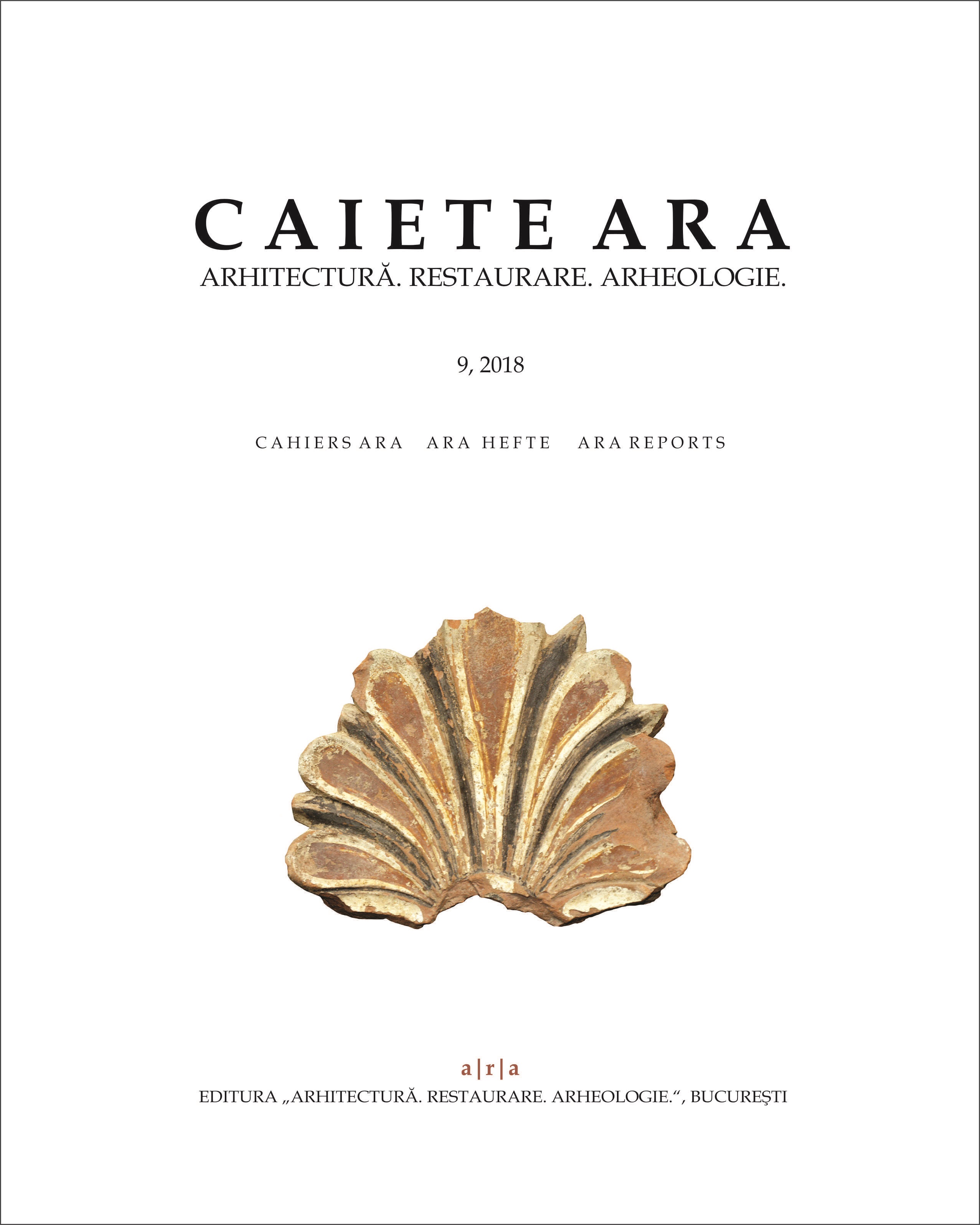Distinctive features of restoration work at Ostia Antica in the first half of the twentieth century
Distinctive features of restoration work at Ostia Antica in the first half of the twentieth century
Author(s): Valeria MontanariSubject(s): Archaeology, Architecture, Ancient World, Recent History (1900 till today)
Published by: Editura "Arhitectură. Restaurare. Arheologie"
Keywords: archaeological excavation;consolidation;restoration;wall integrations;
Summary/Abstract: From the beginning of the last century and up through at least the nineteen-thirties, the archaeological site at Ostia Antica became a place where the latest advances in the field of restoration were applied through original approaches while, at the same time, new and intriguing working strategies were put to the test.All this was the result of a conscious effort on the part of the directors of the excavations that were undertaken over time, starting from the first decade of the twentieth century. Employing the latest methodological developments in their field of study, they addressed topics previously dealt with only in part, such as expanding the concept of safeguarding individual monuments to include their entire surrounding context, or the importance of introducing specimens of vegetation to establish visual links between the various archaeological remains, as well as the resolution of issues having to do exclusively with aesthetics, such as the development of working techniques able to ensure the preservation of the jagged, uneven tops of walls, so as to avoid the decidedly unattractive ‘box’ coverings, or the attention focused on amalgamating the old and the new, in particular regarding the types of materials and the colours used for the newly installed portions. All these solutions have yet to be given adequate consideration by the literature on the subject, even though they constitute an undeniably unique development on the cultural panorama of the time.Finally, the interdisciplinary approach that Giovannoni was so eager to see introduced, “regarding topics having to do with monuments”, was exemplified in Ostia Antica by the fruitful working relationship that joined the archaeologist Guido Calza and the architect Italo Gismondi. Of all the different operational successes obtained, one unquestionable achievement was the emphasis placed on understanding not only the volumetric composition of the architectonic remains brought to light by the digs, but also the process of development that transformed them over the years, as well as what proves to be an especially important consideration when viewed against the backdrop of the activities of the leading figures of that cultural epoch, and namely the relationship of the artefacts with their surrounding environment.
Journal: Caiete ARA
- Issue Year: 2018
- Issue No: 9
- Page Range: 97-104
- Page Count: 8
- Language: English
- Content File-PDF

